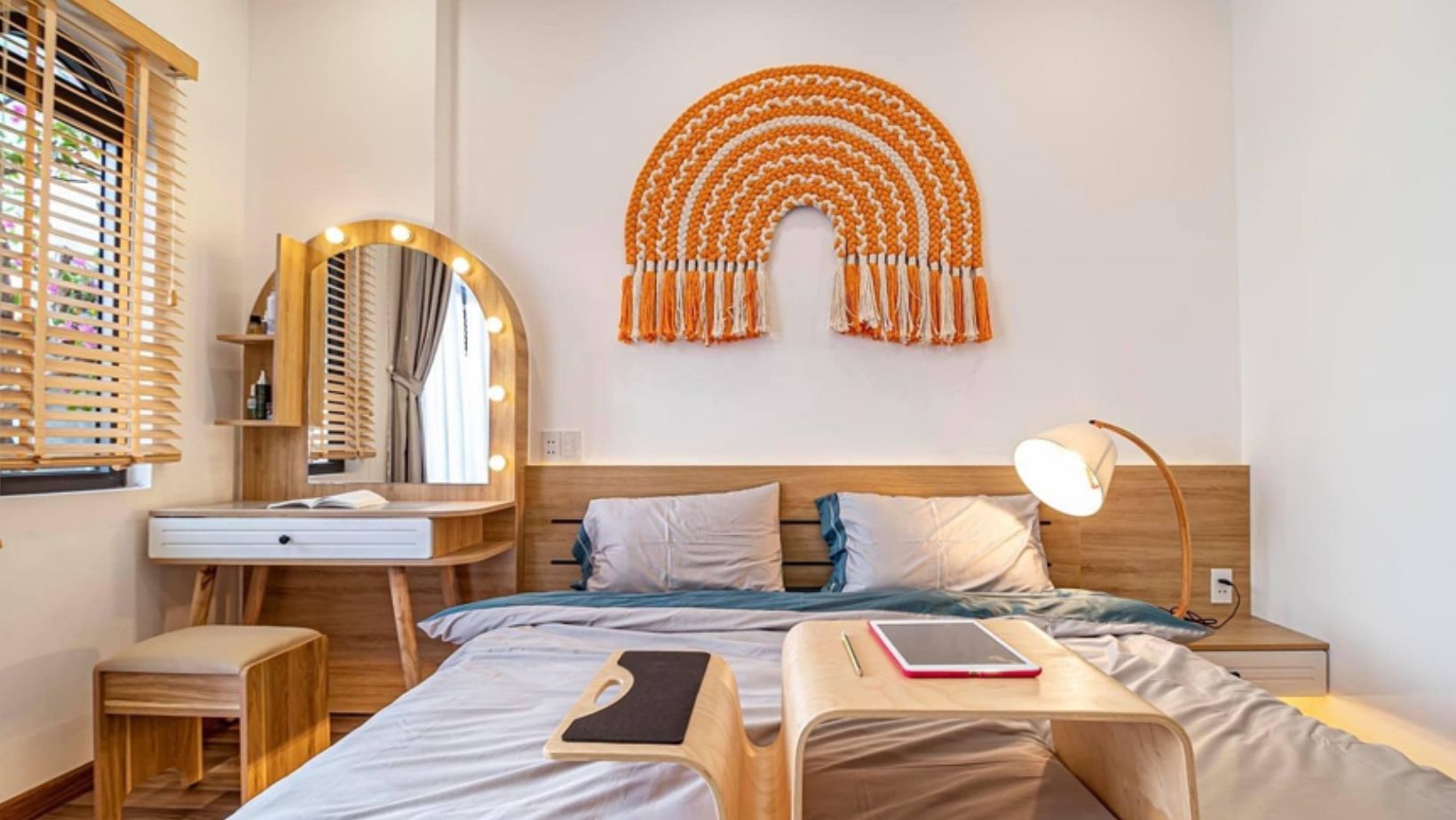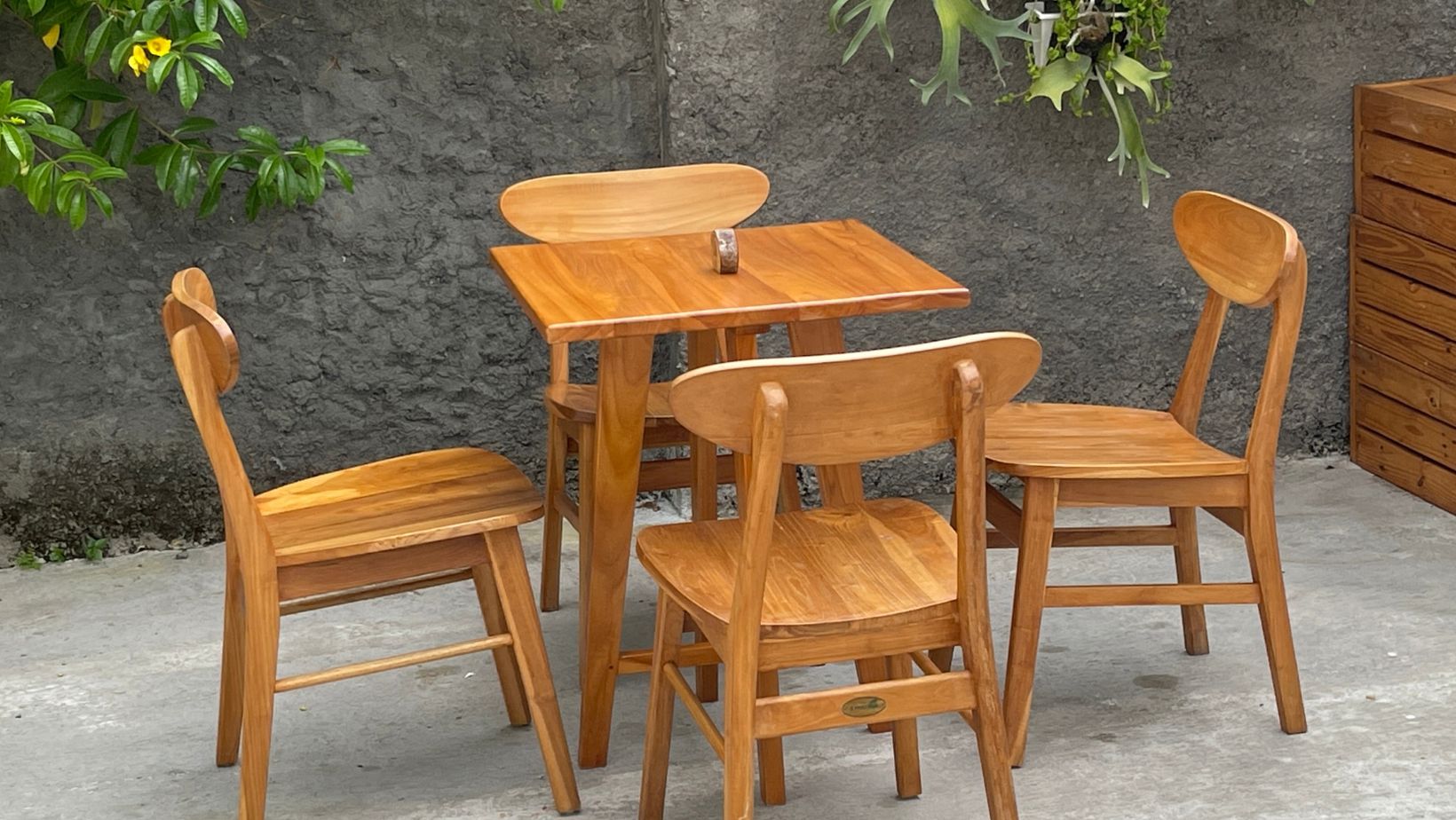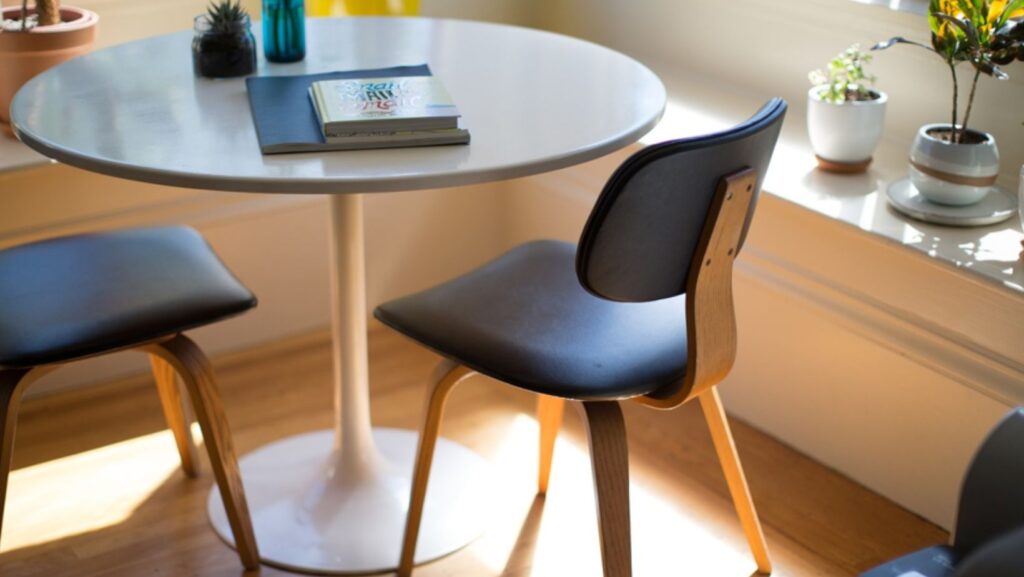Purchasing furniture is a significant investment that requires careful consideration. Whether you’re furnishing a home, office, or care facility, the right furniture can enhance both the aesthetics and functionality of your space. To make informed decisions, it’s essential to pay attention to several key factors, from comfort and durability to design and budget. In this guide, we’ll explore seven crucial things to keep in mind when buying furniture.
Focus on Care Home Chairs
When purchasing furniture for specific environments like care homes, comfort and functionality should be top priorities. For elderly residents or individuals with limited mobility, comfortable care home seating can make a significant difference in their daily experience. Chairs designed for care homes should offer ergonomic support, with features such as cushioned seats, sturdy armrests, and adjustable backrests to ensure that residents are comfortable and well-supported.
Additionally, care home furniture should be made from durable, easy-to-clean materials that can withstand frequent use. Consider options with antimicrobial fabrics and moisture-resistant coatings to maintain hygiene standards while providing comfort. Paying attention to the unique needs of your space ensures that residents or guests feel both comfortable and safe.
Measure Your Space Accurately
Before purchasing any furniture, it’s crucial to measure your space accurately. This is especially important when furnishing smaller areas or rooms with unique dimensions. Measure the length, width, and height of the room where you plan to place the furniture and consider how the pieces will fit concerning windows, doors, and other features.
In addition to the furniture’s footprint, think about how the pieces will function within the space. For example, will a sofa or dining table leave enough room for movement? Will the furniture be easy to maneuver through doorways and hallways during delivery? Ensuring your furniture fits well within the room enhances functionality and avoids costly mistakes.
Prioritize Quality and Durability
Investing in high-quality, durable furniture is essential for both comfort and longevity. While it may be tempting to opt for cheaper pieces, furniture made from low-quality materials may need to be replaced more frequently, costing you more in the long run.
Look for furniture made from solid wood, metal, or other sturdy materials that can withstand

daily wear and tear. For upholstered pieces, check that the fabric is durable and resistant to fading or stains. Additionally, inspect the furniture’s construction—well-made joints, secure screws, and reinforced frames indicate better craftsmanship and a longer lifespan.
Consider Style and Aesthetic Appeal
When purchasing furniture, it’s important to select pieces that complement the overall style and aesthetic of your space. Whether you prefer a modern, minimalist look or a more traditional, classic design, your furniture should align with the existing décor or the look you’re aiming to achieve.
Think about the colors, textures, and materials that will best suit your space. For example, if your home has a neutral color palette, adding a bold statement piece in a vibrant hue can create visual interest. On the other hand, sleek, simple designs can help balance a room filled with intricate patterns or accessories. Ultimately, your furniture should enhance the atmosphere of your space and reflect your personal taste.
If you’re aiming for a timeless yet stylish look, consider incorporating mid century style furniture into your design. This style is known for its clean lines, functional form, and a mix of natural and modern materials, making it a versatile choice that complements both contemporary and traditional settings.
Don’t Forget About Functionality
While aesthetics are important, the functionality of the furniture is equally crucial. Consider how you will use the furniture and ensure that it meets your practical needs. For instance, if you frequently entertain guests, a dining table with expandable leaves or a sofa bed might be valuable additions. If storage is a concern, opt for multifunctional furniture such as ottomans with hidden compartments or beds with built-in drawers.
Additionally, pay attention to the ergonomics of the furniture. Pieces that offer comfort and support are essential, particularly for items like office chairs, sofas, and beds that are used for extended periods. Prioritizing functionality ensures that your furniture will not only look good but also serve your everyday needs.
Set a Realistic Budget
Before you start shopping for furniture, it’s important to set a realistic budget. Furniture can range in price from affordable to high-end, and knowing how much you’re willing to spend will help narrow down your options. While you don’t want to compromise on quality, it’s possible to find durable and stylish furniture that fits within your budget.

Consider dividing your budget by priority. For instance, allocate more funds for essential items such as a bed or sofa while spending less on smaller accessories like side tables or decorative items. Additionally, keep an eye out for sales, discounts, or second-hand options that offer quality furniture at a lower cost. By sticking to your budget, you can furnish your space without overspending.
Research Delivery and Assembly Options
Once you’ve selected your furniture, it’s essential to understand the delivery and assembly options available. Large or bulky items like beds, couches, or dining tables can be challenging to transport and assemble on your own, so inquire about delivery services offered by the retailer.
Some furniture stores provide white-glove delivery, where the item is brought into your home, assembled, and placed in the desired location. Others may offer curbside delivery, where you’ll need to bring the item inside and assemble it yourself. Understanding these options ahead of time ensures that you’re prepared and avoids any unexpected issues on delivery day.
Extra Tip: Test Before You Purchase
Whenever possible, it’s a good idea to test furniture before you make a purchase. While online shopping is convenient, visiting a physical store allows you to see the furniture in person, feel the materials, and assess your comfort level. Sitting on a sofa, testing the firmness of a mattress, or examining the finish of a dining table can help you make a more informed decision. If you’re buying online, read reviews from other customers to gauge the quality and comfort of the furniture. Additionally, check the retailer’s return policy in case the furniture doesn’t meet your expectations upon arrival.
Purchasing furniture is an exciting but significant investment, and paying attention to key factors such as comfort, functionality, style, and budget is essential to making the right choices. Whether you’re buying furniture for your home or a specific setting like a care facility, understanding your needs and doing thorough research can ensure that you select pieces that are both practical and aesthetically pleasing. By focusing on quality, durability, and comfort—especially in specialized environments like care homes—you’ll create a space that is functional, stylish, and comfortable for years to come.


More Stories
Luxury Glassware for Yachts — Which Collections Are Worth Bringing On Board
Zoning Spaces Within a Single Room: Architectural Strategies for Spatial Clarity
Luxury Upgrades on a Budget: How to Achieve a High-End Look for Less